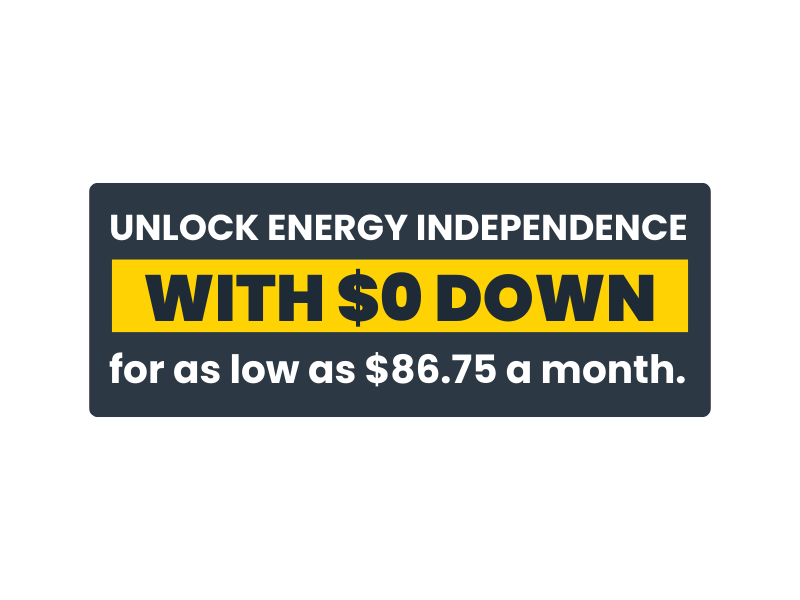You’ve finally made the decision to go solar for your power needs. Before you invite a solar installer over to your home to give you an estimate, you should know the health of your roof to see if it’s okay for a solar panel installation. While there are many roofing components to consider, the three most important factors are:
- The age of your roof
- Roofing materials
- The attic
Since it seems you’re ready to move forward, let’s analyze these in more detail.
The Age of Your Roof:
What is considered an old roof? Simply put, if your roof has a shelf life under 10 years, you should replace your roof before getting solar panels installed. Since solar units can last a long time, your roof should to be in a good condition to support the installation. In many cases, an aging roof can wear out during the installation process, something you obviously want to avoid.
Keep in mind -most systems have a glass coating over them to help protect the solar panels from extreme weather conditions such as hail, rain, and heat. The installation will not only protect your house from these weather conditions, but also help keep the temperature in your house moderate during the summer heat.
Roofing Materials:
While solar panels can be installed on all roof types, the most commonly used roofing materials are
- Metal
- Composite
- Wood Shake
- Cement Tile
- Tar and Gravel
The best roofing material for solar are composite shingles. It’s important to remember the solar panel installation process will vary depending on the materials used. However, due to the material’s strength and durability, most residential homes use composite shingles.
The Attic:
Before you start your solar panel installation, inspect your attic (you know, the area under your roof) to determine the state of your roof’s health. If you have an aging roof, your attic will show the following signs:
- Dirt or mildew on the walls
- Leakage
- Damaged rafters or trusses
Another important aspect is to see whether your attic is properly ventilated. Poorly ventilated attics tend to result in structural damage to your house as well early aging of the roof. Get a professional roofer to inspect your attic for you to avoid any problems during or after the solar installation process
Prepare Your Roof for Solar Panels
The organized way to go determine the health of your roof is to make a checklist and review it with your roofer before the installation process. Making sure that your roof is in good health and ready for solar can save you a lot of time and energy in the future.



